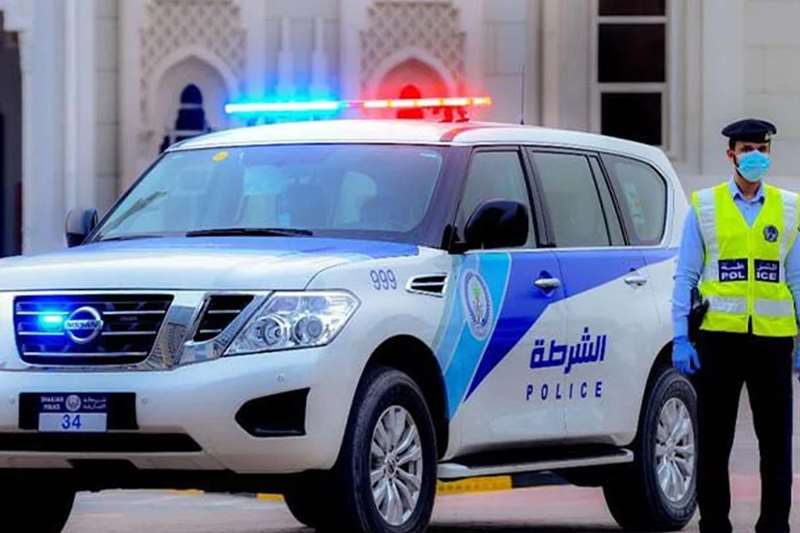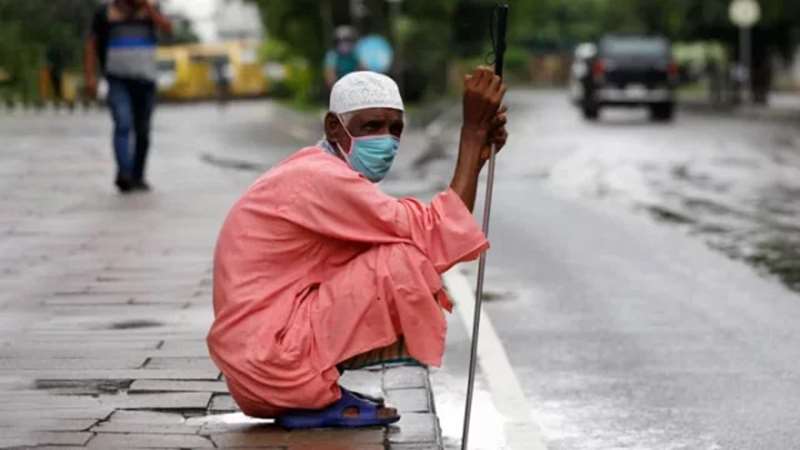Iranian helicopter crashes; Many questions arise

Iranian helicopter crashes
A tragic helicopter crash claimed the lives of Iran's President Ebrahim Raisi, Iranian Foreign Minister Hossein Amir-Abdollahian, and several other government officials. The incident occurred as they were en route to Azerbaijan in a Bell 212 helicopter, which crashed in a mountainous region, leaving no survivors. The crash has sparked widespread concern and scrutiny over the safety of the helicopter used by the country's highest officials.
The Bell 212 Helicopter: A Historical Overview
The Bell 212 helicopter, also known as the Twin Huey, was first produced for the Canadian military in the 1960s. It was later adopted by both the United States and Canada in 1971. The Bell 212 is equipped with two turboshaft engines, which significantly enhance its carrying capacity, making it suitable for both passenger transport and aerial weapons delivery. This versatile aircraft is used by various organizations worldwide, including Japan's Coast Guard and American fire departments.
Despite its widespread use, the Bell 212 has a controversial safety record. Prior to President Raisi's fatal crash, the helicopter model was involved in multiple accidents. In September of last year, a Bell 212 crashed off the coast of the United Arab Emirates. In 2018, another Bell helicopter crash in Iran resulted in four fatalities. These incidents have raised serious questions about the continued use of this aging aircraft, particularly for transporting high-profile government officials.
Safety Concerns and Maintenance Issues
The crash that resulted in President Raisi's death has intensified scrutiny over the safety protocols and maintenance practices of the Bell 212 helicopters in Iran. It is reported that the Iranian Air Force and Navy possess a total of ten Bell helicopters. However, the exact number of operational Bell helicopters in the country remains unclear.
One significant issue is the availability of parts for the aging Bell 212 fleet. As these helicopters are decades old, sourcing replacement parts has become increasingly challenging. This raises concerns about the reliability and safety of the aircraft, particularly when used for critical government functions.
Questions Raised
The tragic crash has led to several critical questions
- Why was an old and potentially unreliable helicopter allocated for the president's travel?
- What are the current maintenance practices and safety protocols for the Bell 212 helicopters in Iran?
- Given the helicopter's accident history, why has there not been a shift to newer, more reliable aircraft for high-profile officials?
- These questions highlight the need for a thorough investigation into the crash and a reevaluation of the aircraft used for transporting government officials in Iran.
Global Response and Future Implications
The fatal crash of President Raisi has resonated worldwide, prompting discussions on the safety standards of helicopters used by government officials globally. The Bell 212's checkered safety record has led to calls for increased scrutiny and possibly a reevaluation of its use in official capacities.
In conclusion, the death of President Ebrahim Raisi in a Bell 212 helicopter crash underscores the urgent need for addressing the safety concerns associated with aging aircraft. It serves as a somber reminder of the critical importance of rigorous maintenance, regular safety checks, and the use of reliable equipment in ensuring the safety of high-ranking officials.










পাঠকের মন্তব্য